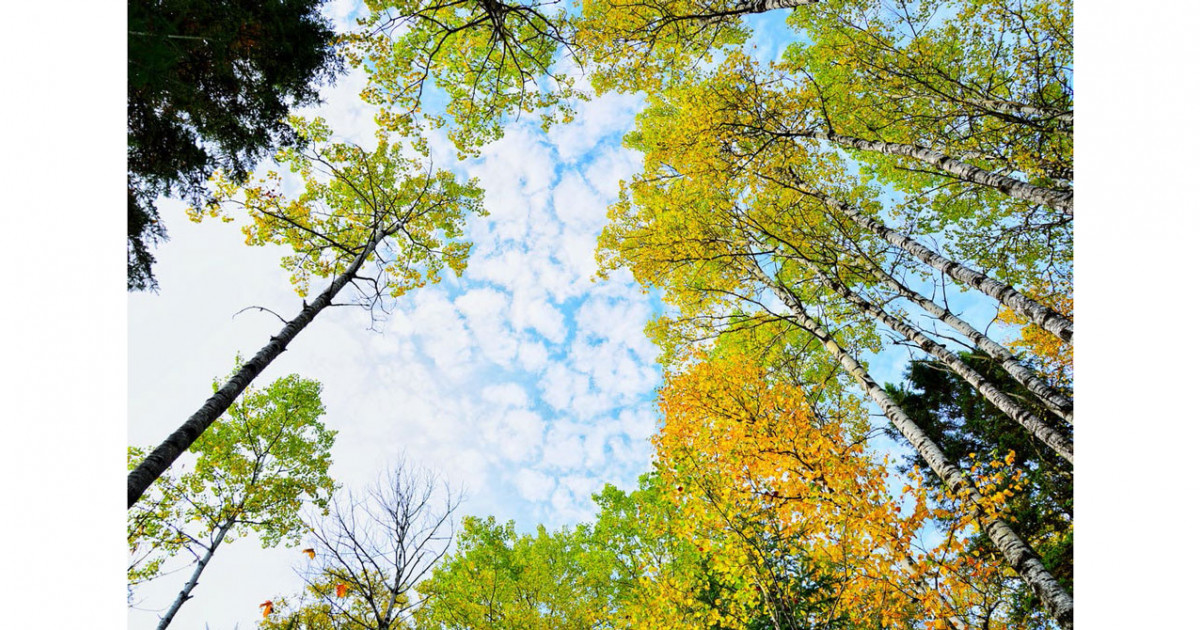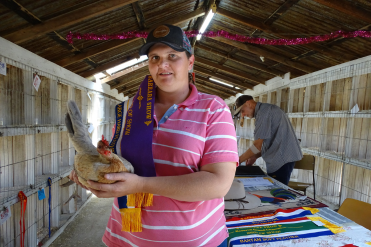Key points:
- Australia’s total grazing land rose 2% year on year in FY2021, supported by the breaking of drought in many regions.
- Based on ABS figures, the national cattle herd rose by 4.3% to 22.04 million head.
- The national sheep flock grew by 7.1% or 4.5 million to 68 million head.
On Tuesday, the Australian Bureau of Statistics (ABS) released their 2021 financial year commodities figures.
These figures indicate the national herd and flock sizes as well as agricultural land use at 30 June 2021, just before the financial year ends.
Statistics on the production of a number of other agricultural commodities are also included and the full report can be found here. Alternatively, read on to see the highlights from the release around the growth of the red meat industry.
Agricultural land use
- Total agricultural land use rose to 387 million hectares – up 3% or 10m hectares year-on-year.
- Total grazing land rose by 2% year-on-year to reach 332m hectares in FY2021.
National beef herd
At 30 June 2021, ABS figures show the national beef cattle herd grew by 4.3% or 906,000 head to 22.04 million head.
Most significantly, the number of heifers and cows in the herd grew by 6% to 11.8m. With the majority of these being breeding females, this demonstrates the strong herd rebuild decisions producers made by retaining females on-farm. This result also correlates to the falling female slaughter ratio (FSR) throughout FY2021 as producers held females back from processing. Read more analysis around the fall in the FSR.
Herd growth was most notable in the second largest cattle producing state of NSW, with its herd rising by 15% year-on-year. Meanwhile, Australia’s largest cattle state of Queensland grew by a modest 2% as conditions throughout the financial year weren’t as favourable as its southern counterpart.
National sheep flock
The national sheep flock grew significantly in FY2021, increasing by 7.1% or 4.5 million head year-on-year.
This growth was similar to the lift in the flock seen in ABS figures released between 2015–16 and 2016–2017.
Importantly, breeding ewe numbers rose by 6% to 37.5m head. When coupled with seasonal improvements driving higher lambing percentages, this growth in ewe numbers meant lamb numbers grew by 11%.
For NSW, the largest sheep state, flock numbers grew by 21%.
Meanwhile, following robust demand for west coast sheep from the eastern states as the drought broke, WA’s numbers fell by 7% as sheep moved west to east.
MLA projections and ABS data
MLA utilises the ABS herd and flock figures in the projections it releases. Recently the ABS has altered its herd and flock figures on occasions on a retrospective basis across a number of years.






